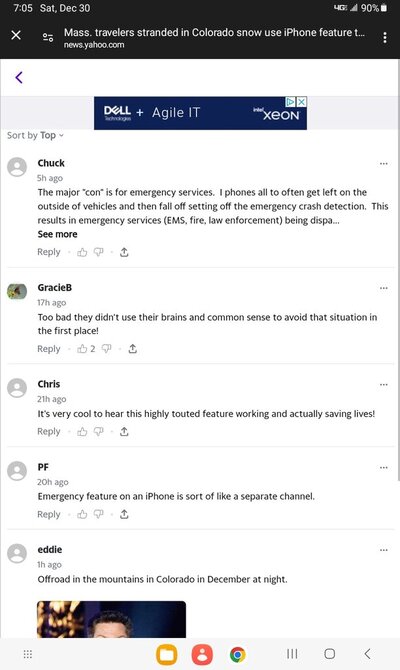I used the in-reach mini last year rafting the grand canyon...no mobile service. I did a lot of web searching before buying and considering if the negative reports were self-inflicted problems, which all appeared to be.. eg expecting it to be what it clearly was not.
There are limitations, big ones: small 140 character message limits. When topology blocked view of the sky, like down in a canyon, it can take 15 minutes for the little 140 character message to make it
But it did work. I got it to send a daily activity status message to my adult children = "since you got this, I'm still alive"


. I turned it on once at the end of day to receive messages and send my message... In the 19 days it only used half of it's battery charge using it that way.
Not cheap... You pay a yearly fee for the privilege of having an iridium account at all, then for the actual monthly service plan (can be turned on/off). Also individual, personal insurance for costs associated with pressing the red button and having a helicopter land on you... You can lend the in-reach to someone else but they can not use that insurance.
Summary: I don't doubt Apple, Google will build a good product... But I would let others use it and report how good the whole service is and how expensive it really is before taking that leap

